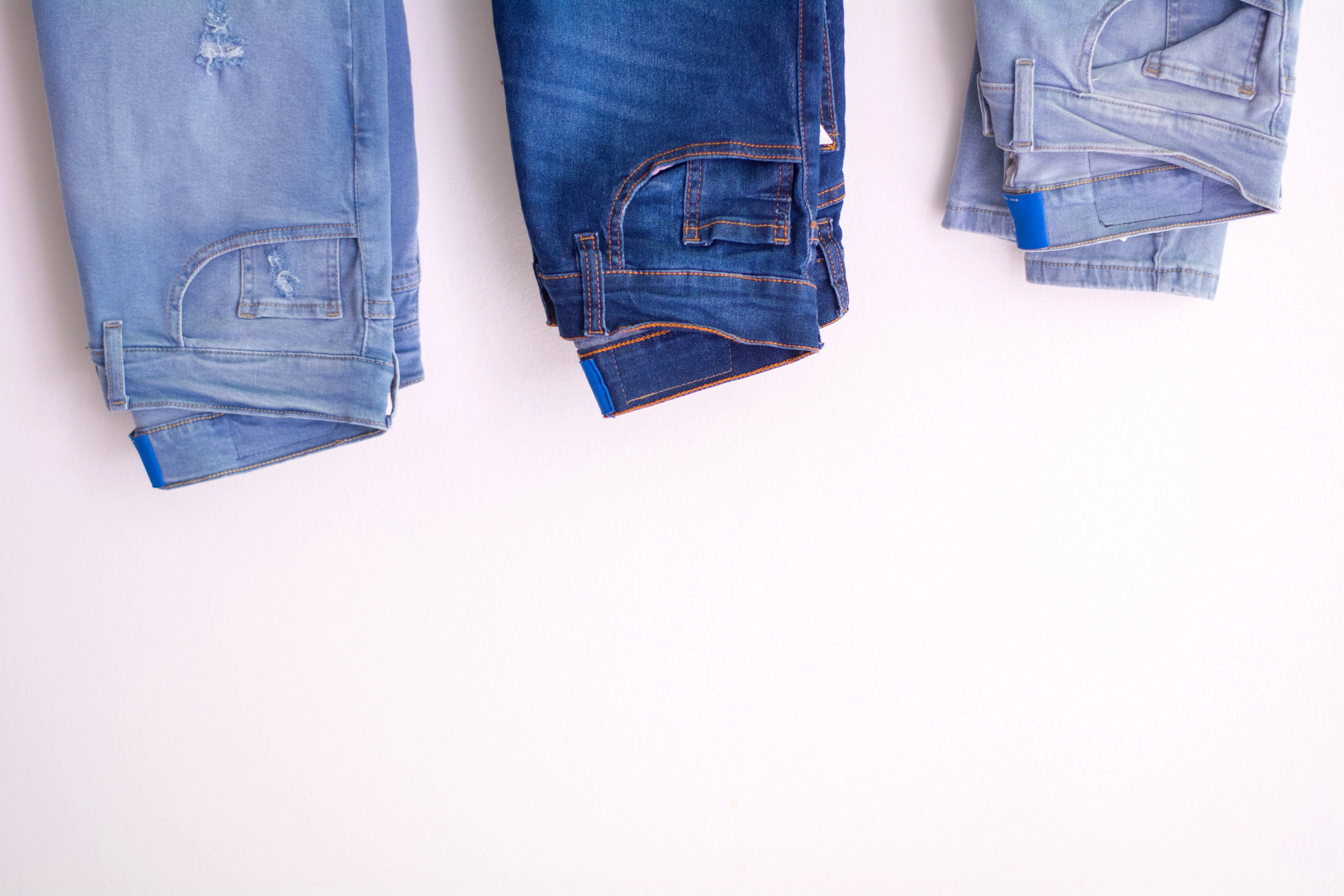

Jeans, the ultimate wardrobe essential, have come a long way since their humble beginnings as sturdy
workwear for
miners and cowboys. Today, they have cemented their place as fashion icons, transcending generations and
cultural
boundaries. With their unparalleled comfort, versatility, and enduring style, jeans have become a symbol
of casual
coolness and effortless chic.
Not just confined to casual settings, denim has also made its mark in professional environments. From
office-friendly
dark-wash jeans paired with a crisp shirt to denim jackets and shirts adding a touch of style to
business attire, this
durable fabric has seamlessly integrated into our everyday lives.
However, behind the timeless allure of denim lies a hidden story of environmental impact that demands
our attention.
The fashion industry annually consumes a staggering 93 billion cubic meters of water, equivalent to the needs of 5 million people. Fabric dyeing and treatment contribute to almost 20% of global wastewater.
Denim production involves three major processes, from cotton cultivation to dyeing and texturizing the
finished products, which severely impact water resources and the environment. A single pair of jeans
consumes around 7,600 liters of water, making denim manufacturing one of the most water-intensive
industries globally.
Research conducted by Robert Vos at USC Dornsife highlighted that denim manufacturing facilities, predominantly located in water-scarce regions like India, China, Pakistan, Mexico, and California, face significant water consumption challenges. Genetically modified cotton farming practices in these regions require large amounts of water and pesticides. Synthetic indigo dyes derived from fossil fuels used in denim dyeing contribute to water pollution.
Another important step in choosing the right yarn is
obtaining test reports and sample cones. Test reports can be
obtained directly from the manufacturers. Additionally, requesting sample yarn cones from the
manufacturer gives you the
opportunity to assess the yarn firsthand. These reports provide valuable information about the yarn's
physical
properties, including tensile strength, IPI etc. Test reports offer assurance regarding the yarn's
quality and
suitability for your project. Look for yarns that have undergone thorough testing to ensure they meet
your desired
standards of reliability and performance.
The majority of cotton grown in India and China is genetically modified, requiring substantial amounts
of water and
pesticide usage. This unsustainable farming practice not only depletes water resources but also poses
health risks to
farmers and surrounding communities.
Furthermore, the process of "stone-washing" jeans using volcanic pumice stones results in the release of
pumice dust into local water sources, polluting rivers and streams.
Material composition is a critical factor to consider when searching for quality yarn. The choice of material impacts the fabric's properties, performance, and suitability for specific purposes. Natural fibres like cotton, wool, silk, and linen offer distinct characteristics. Cotton, known for its breathability and softness, is suitable for warm-weather garments. Wool, with its excellent insulation properties, is ideal for cosy winter wear. Silk adds a luxurious sheen and drapes beautifully, making it perfect for elegant garments. Linen, known for its strength and durability, is popular for household textiles. On the other hand, synthetic fibres like acrylic, nylon, and polyester offer durability, easy care, and colorfastness. These synthetic options are often more cost-effective, making them suitable for everyday wear and budget-conscious projects.
Chemical indigo dyes replaced plant-based indigo, leading to a cheaper manufacturing process but posing
greater harm to
the environment and workers. Additionally, the harmful practice of "sandblasting" involves high-pressure
spraying of
sand to create a worn-out look, further endangering workers and the environment.
Moreover, the textile industry's fast-paced demands often result in poor working conditions and low
wages for garment
workers. Addressing these issues requires a holistic approach that prioritizes fair trade practices and
ensures the
well-being of all involved in the denim supply chain.
Innovative solutions are emerging to mitigate the environmental impact of jeans production. Some
companies are exploring
sustainable alternatives to conventional cotton, such as organic and recycled cotton. These alternatives
minimize water
and chemical usage while reducing the reliance on genetically modified crops.
Advancements in dyeing technologies, such as natural and eco-friendly dyes, offer promising alternatives
to synthetic
indigo. Additionally, the adoption of advanced finishing techniques, including laser distressing and
eco-friendly wash
processes, can reduce water consumption and chemical waste.
To address the environmental impact of jeans production, concerted efforts are required from consumers, companies, and governments: